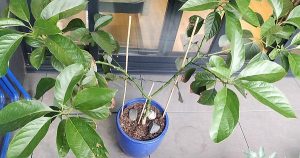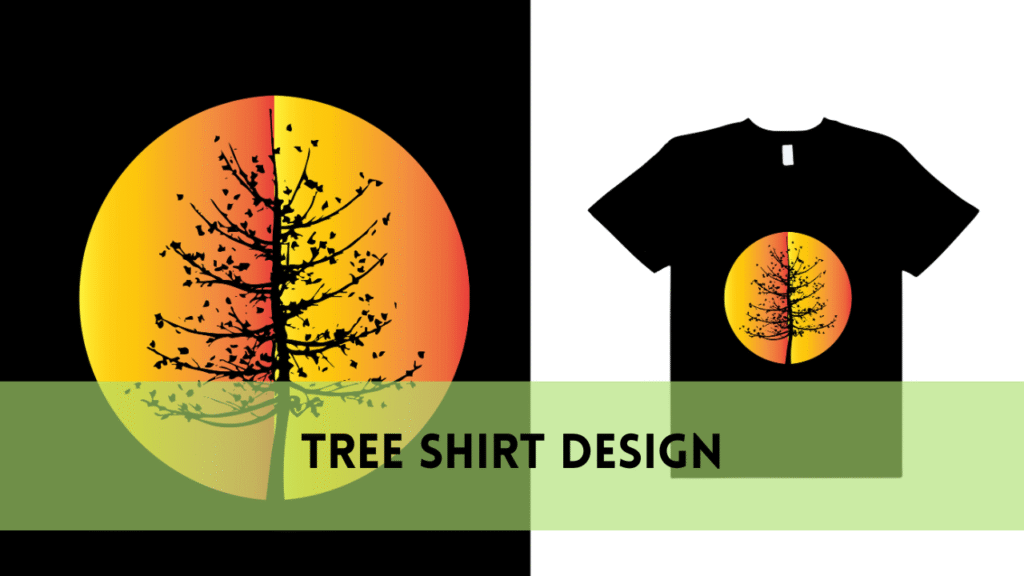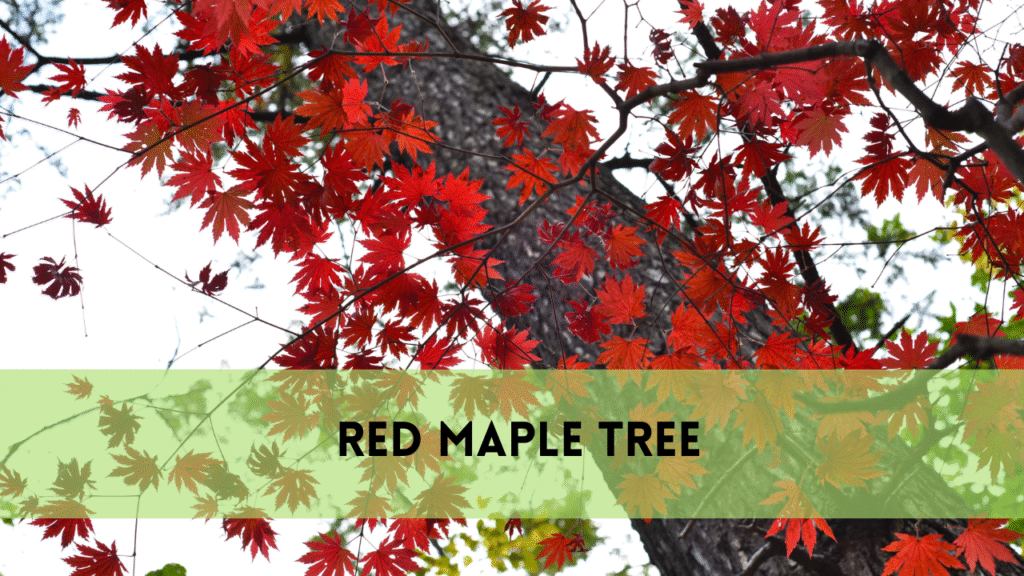How to Trim an Avocado Tree?
Welcome to Crosby Arborist, the top source for skilled tree care services. Crosby Arborist is committed to offering high-quality arboricultural solutions for all of your tree care needs. If you need tree pruning, removal, stump grinding, or plant healthcare services, our expert arborists are here to help you every step of the way.
With years of experience and a commitment to excellence, we take pride in providing skilled and dependable tree care services suited to your unique needs. Our mission is to improve the health, attractiveness, and safety of your trees while also protecting the natural environment.
Crosby Arborist understands how important good tree maintenance is to maintaining your property’s visual appeal and value. That is why we use modern methodologies, cutting-edge equipment, and eco-friendly procedures to get great results with minimal effect.
Understanding the avocado tree
Understanding the growth patterns of avocado trees is critical for fruitful gardening. Avocado trees normally develop slowly yet steadily, especially in the first few years following planting. Young trees prioritize having a solid root system before focusing on above-ground growth. Once established, avocado trees develop faster, with branches spreading outward and upward. They frequently take a pyramidal or oval shape, with dense leaves offering plenty of shade. Avocado trees are known for their alternating bearing pattern, yielding a heavy crop one year and a light yield the next. Understanding these growth patterns allows growers to optimize pruning, fertilization, and harvesting procedures to maintain healthy tree development and fruit production.

Benefits of trimming the avocado tree
Trimming avocado trees has various advantages for tree health, fruit production, and landscape aesthetics. Trimming regularly helps to keep the tree’s ideal shape and size, promotes balanced growth, and prevents branches from becoming overcrowded. Trimming also eliminates dead or diseased branches, lowering the likelihood of pest infestations and diseases. Trimming increases air circulation and sunlight penetration, which promotes fruit development and ripening. Trimming can also encourage new growth and improve fruit quality by directing the tree’s energy to productive limbs. Proper trimming of avocado trees improves their lifetime, production, and aesthetic appeal, making it a vital practice for avocado growers and homeowners.
When to Trim Your Avocado Tree?
Trim your avocado tree between late February and early April. This time allows the tree to heal from trimming before beginning intense spring growth. Trimming around this time also coincides with the end of the avocado fruiting season in many areas, giving it a perfect opportunity to inspect and reduce the tree’s canopy. Trimming avocado trees during the autumn and early winter months might stimulate new growth and susceptible to frost damage. Furthermore, avoiding pruning throughout the summer months helps the tree retain energy and decreases stress during hot spells. Trimming your avocado tree at the specified late winter to early spring window promotes healthy growth, keeps the tree in shape, and maximizes fruit yield.
Tools required to trim an avocado tree
- Pruning shears
- Loppers
- Handsaw
- Pole pruner
- Hedge trimmer
- Chainsaw
- Pruning saw
- Hand pruner
- Tree pruner
- Pole saw
How to trim an avocado tree?
Step-by-step guide to trim an avocado tree
Assess the tree: Begin by assessing the tree’s overall condition and shape. Identify and remove any dead, diseased, or crossing branches.
Gather instruments: Gather all the trimming instruments you’ll need, such as pruning shears, loppers, a hand saw, and safety gear like gloves and glasses.
Begin with Dead or Diseased Branches: To remove any dead, diseased, or damaged branches, use pruning shears or loppers. To aid recovery, cut back to healthy tissue or the branch collar.
Thin Out Overcrowded Branches: Determine which branches are crossing or overflowing the canopy. Using pruning shears or loppers, cut these branches strategically to increase air circulation and sunlight penetration.
Maintain the ideal shape: Trim the outside borders of the canopy to keep the tree in the perfect shape. Remove any excessive growth or branches that reach beyond the desired borders.
Prune for Height Management: To manage the tree’s height and make fruit gathering easier, trim the upper branches as needed.
Avoid Over-Pruning: Do not over-prune the tree, since this might stress the plant and reduce future fruit yield. Aim for a balanced canopy with a natural shape.
Clean Up: After trimming is complete, remove any trimmings from the tree’s surroundings and dispose of them properly.
Inspect and Monitor: After trimming, inspect the tree for any residual concerns and track its growth and health over the next few weeks and months.
Schedule regular maintenance: Trim your avocado tree once a year or as needed.
Follow these step-by-step directions to trim your avocado tree for best growth, fruit output, and overall tree health.
Common mistakes to avoid
The following are common mistakes to avoid when cutting avocado plants:
Over-pruning: Removing too many branches or leaves can stress the tree and reduce fruit output. Avoid excessive pruning, and aim for a balanced canopy.
Incorrect timing: Trimming avocado trees in the wrong season, such as the summer or autumn, will promote new growth that is susceptible to frost. Pruning should occur between late winter and early spring.
Improper Cuts: Leaving stubs or cutting too close to the trunk can harm the tree and spread disease. Always make clean cuts just outside the branch collar.
Ignoring Safety Precautions: Failure to wear proper safety equipment, such as gloves and safety glasses, can result in accidents from sharp tools or falling branches. Prioritise safety while trimming.
Ignoring Tree Health: Trimming unhealthy or stressed trees can exacerbate their weakened condition. Before pruning, ensure that the tree is healthy and solve any underlying issues.
By avoiding these frequent blunders, you can ensure that your avocado tree trimming efforts promote optimal growth, fruit output, and overall tree health.
Will trimming my avocado tree affect fruit production?
Cutting your avocado tree can impact fruit output, but its magnitude varies depending on the timing, method, and intensity of the cutting. Trimming, when done correctly and at the right time (usually late winter to early spring), can encourage healthy growth, increase sunlight penetration and air circulation inside the canopy, and stimulate fruit development on the remaining branches. Excessive or inappropriate trimming, particularly during the growing season, can cause stress and lower fruit yield. To ensure that the tree’s energy is directed towards both vegetative growth and fruit development, over-pruning must be avoided and a balanced canopy maintained. Following proper trimming procedures and timing can reduce the negative impact on fruit yield while increasing overall tree health.
Related Posts:
How often should I trim my avocado tree?
Trimming your avocado tree depends on several aspects, including its age, growth pace, and desired shape. Mature avocado trees benefit from regular pruning to keep their shape, remove dead or diseased branches, and promote healthy development and fruit output. Younger trees may require more frequent pruning, especially in the first few years of growth, to shape the canopy and induce branching. Additionally, monitor the tree throughout the year for indications of overpopulation, disease, or damage that may necessitate more frequent pruning. Finally, the goal is to strike a balance between maintaining the tree’s health and encouraging optimal fruit production, while avoiding over-pruning, which can stress the tree.
FAQS
How much of the avocado tree should I trim?
Avoid over-trimming avocado plants. Aim to remove dead, diseased, or overcrowded branches while preserving the tree’s natural shape. To reduce tree stress, avoid removing more than 20% of the canopy at once.
Can I trim my avocado tree, or do I need to call a professional?
While some homeowners may feel comfortable cutting their avocado trees, it is important to have the necessary tools, knowledge, and safety procedures in place. Engaging a professional arborist ensures the safe and correct completion of the job, especially if you are hesitant or have large trees.
What should I do if my avocado tree is accidentally overturned?
If you mistakenly over-prune your avocado tree, take fast action to reduce additional stress and harm. First, avoid extra cutting and supply the tree with enough water and nutrients to allow it to recover. Mulch around the tree’s base to keep it moist and preserve its roots. Monitor the tree for signs of stress, such as wilting or leaf drop, and get advice from a professional arborist on how to mitigate the impacts of over-pruning while supporting the tree’s health and recovery.
Conclusion
Crosby Arborist understands how to trim avocado trees to guarantee their health, productivity, and aesthetic appeal. Our trained arborists have the knowledge and experience to trim avocado trees safely and effectively, utilizing industry best practices and cutting-edge technology. Whether your avocado tree needs shape, deadwood removal, or canopy thinning, you can count on us to provide exceptional tree care services suited to your requirements. You can trust Crosby Arborist to take care of your avocado tree-cutting needs. Our dedication lies in enhancing the lifespan and vitality of your avocado trees, all while enhancing the visual appeal of your landscape. Contact us today to book a consultation and see how our skilled tree care services may benefit your avocado trees.



